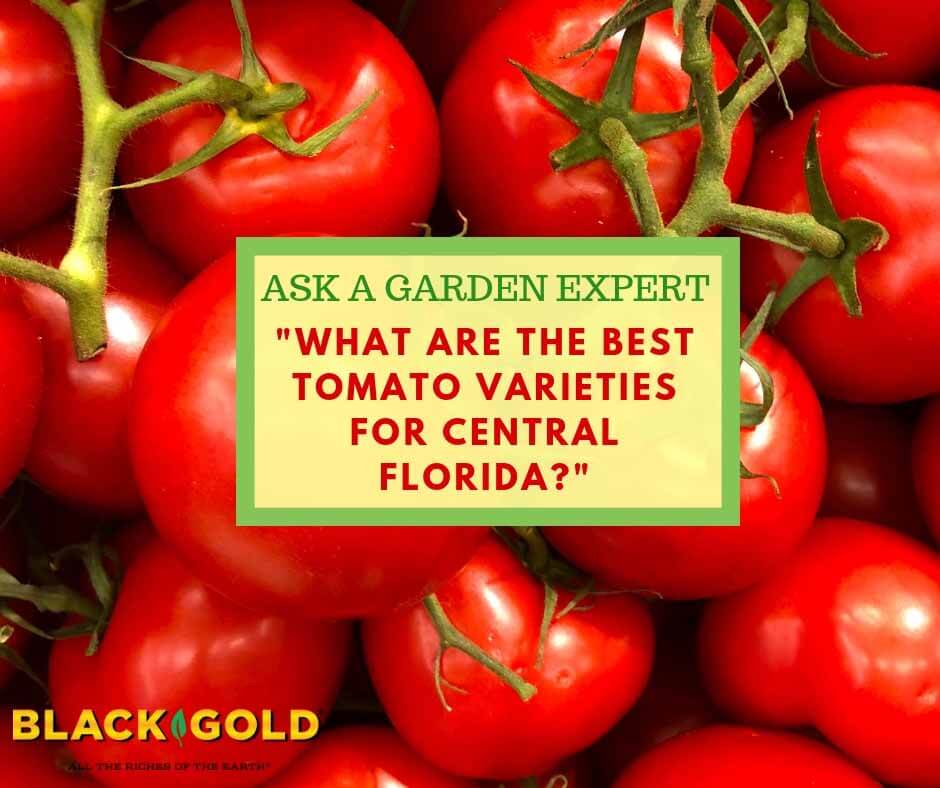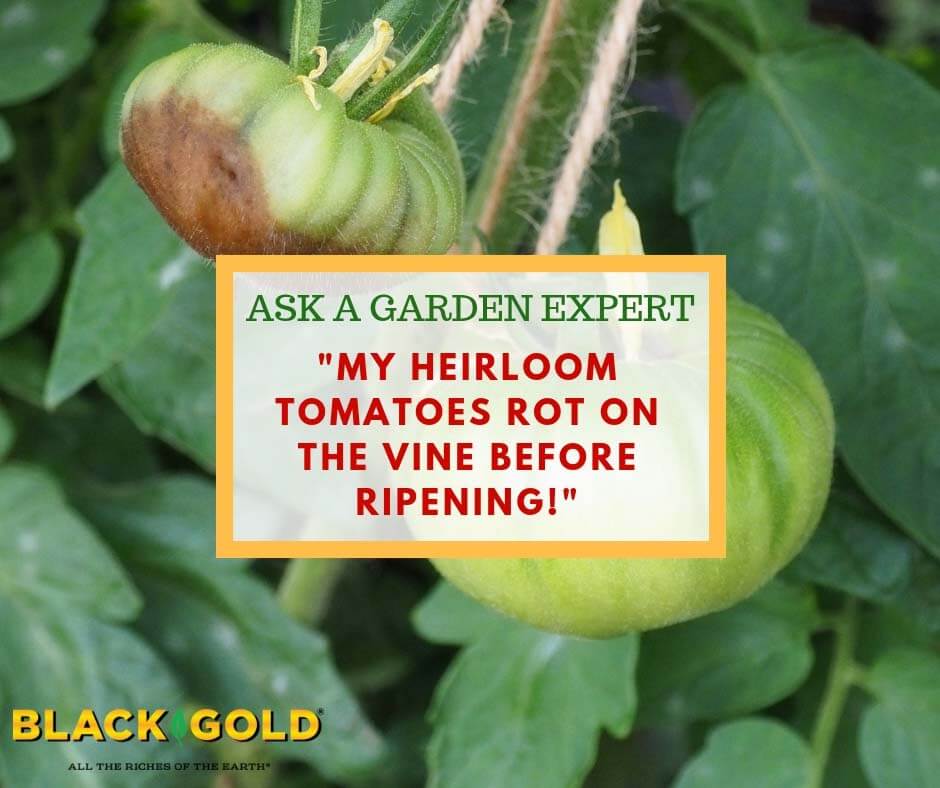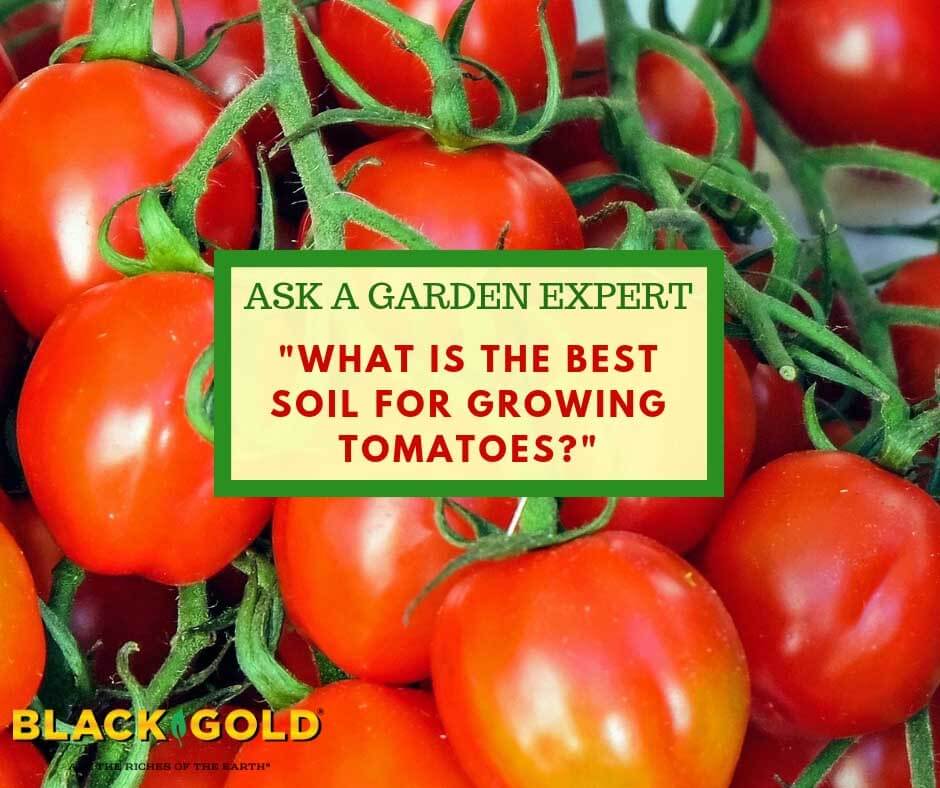
“We have a short growing season here. I would like to get as big a head start as possible on my seedlings. I plan to start my seeds indoors but also have a pop-up greenhouse, and would like to know how early I can start seeds indoors (under lights) and then transfer to my garden before transplanting to the garden. I am interested most in times for tomatoes.” Question from Melissa of McDonough, New York
Answer: When planting tomatoes in areas with cooler, shorter summers, you need to consider the variety as well as starting/planting time. In general, it takes about six to eight weeks to yield ready-to-plant starts from seed. Using heat mats, keeping indoor conditions warm, and providing lots of light will hasten growth. Most tomatoes produce fruit between 60 to 85 days after planting, depending on the variety. Choose tomatoes that produce early and are shown to yield good-tasting fruits in cooler climates. Your average tomato colors up and gains its best flavor when days and nights are warm. You can’t count on these conditions further North, which is why the variety is important. (Click here on a full guide to growing tomatoes from seed to harvest.)
Good Tomato Varieties for Northern Gardens
‘Juliet’ (60 days, paste tomato): The award-winning’Juliet’ is a red paste or sauce tomato that also tastes great fresh. It grows quickly and will perform well for you.
‘Golden Sweet’ (60 days, grape tomato): The elongated, grape tomatoes of golden sweet are orange-yellow, mild, and sweet. Vines yield fast.
‘Polbig’ (67 days, slicing tomato): Here’s a tasty, red slicing tomato bred for growing in cooler climates. It also has very good disease resistance.
These are just three of many early, cool-tolerant tomatoes you might consider.
Plant your finished tomato starts outdoors after the threat of frost has passed. Some eager tomato gardeners plant theirs earlier outdoors and protect plants with hoop covers and frost cloth. This is an option, but I find it safer to simply grow mine to a larger size indoors and then harden them off before planting. Your pop-up greenhouse sounds just perfect for the job.
Have a very fruitful tomato growing season!
Jessie Keith
Black Gold Horticulturist








 Feeling a little hot after harvesting your summer tomatoes and peppers? Why not make this spicy, authentic pico de gallo recipe? It’s fast, simple, and tastes great served with crunchy tortilla chips.
Feeling a little hot after harvesting your summer tomatoes and peppers? Why not make this spicy, authentic pico de gallo recipe? It’s fast, simple, and tastes great served with crunchy tortilla chips.